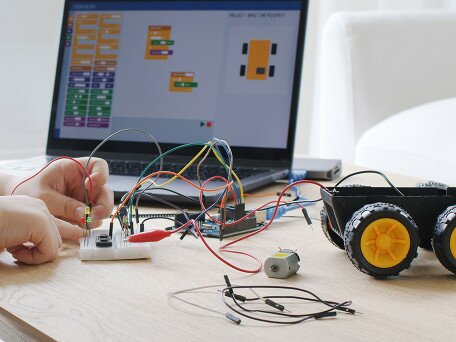Morphological awareness and reading among Chinese ESL children: A randomized controlled trial
- Project Scheme:
- General Research Fund
- Project Year:
- 2020/2021
- Project Leader:
- Dr YEUNG, Siu Sze
- (Department of Psychology)

The primary goal of the present study is to examine English MA intervention on reading in English (L2) and Chinese (L1) among Chinese students who are learning English as second language (ESL).
Morphological Awareness (MA), the awareness and ability to identify and manipulate the smallest unit of meaning within a word, plays an important role in word reading and reading comprehension. The primary goal of the present study is to examine English MA intervention on reading in English (L2) and Chinese (L1) among Chinese students who are learning English as second language (ESL). By examining this intervention effect on English and Chinese reading, we are able to generate evidence on the MA-reading relationship among ESL children and test the universality of MA in reading. As MA is a multi-faceted construct, this study will focus on the impacts of teaching morphological decoding and morphological analysis to ESL children because they are viewed as important skills for reading morphologically complex words in English, which are becoming more common learnt in elementary grades. Given the positive relationship between morphological decoding/analysis and morphological structure awareness including inflection, derivation and compounding, we expect that the interventions of morphological decoding/analysis would also enhance morphological structure awareness. In view of the importance of compounding in Chinese, we also propose to examine the impacts of the morphological analysis (morpheme analysis on the semantic level) but not morphological decoding (morpheme analysis on the phonological level) via morpheme compounding on reading in L1 (English) and L2 (Chinese). There are two research questions put forward in this study: (1) What are the immediate and sustained effects of Morphological Decoding Intervention (MDI) and Morphological Analysis Intervention (MAI) in English on reading-related skills? (2) Is MAI able to enhance Chinese reading, thereby demonstrating cross-language transfer from English MA to Chinese reading? A matched randomized controlled trial in which students will be randomly assigned to the three conditions within each classroom will be conducted to compare the effects of the two MA interventions and the business-as-usual intervention on improving language and literacy skills in both English (L2) and Chinese (L1). A total of 150 Cantonese-speaking children in Grade 3 will be recruited. Each intervention programme, delivered by trained-experimenter, will last for 12 weeks with two 45-minute sessions in each week. To examine the intervention effects, pretest, posttest, three-month delayed posttest will be conducted. Measures on English morphological awareness, English vocabulary, English phonological awareness, English word reading and English reading comprehension will be measured along with Chinese morphological awareness, Chinese reading, Chinese reading comprehension and non-verbal intelligence (as a control measure) will be administered. The immediate and sustained intervention effects on English reading and Chinese reading will be examined. We will also investigate the mediating effects of compounding and vocabulary on the intervention effects between treatment groups.







